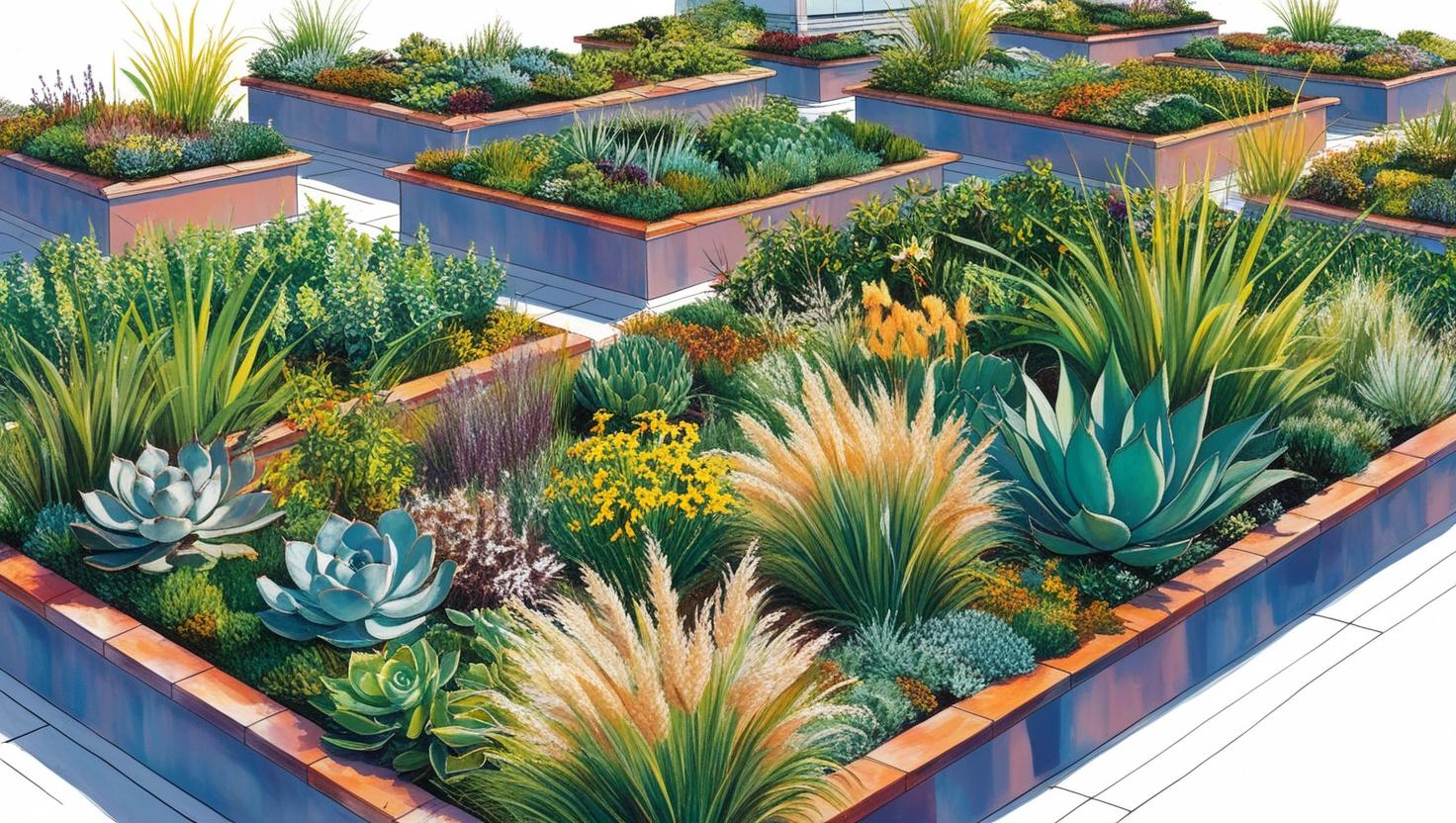In cities around the world, one of the growing environmental challenges is the urban heat island effect, where urban areas become significantly warmer than their rural surroundings due to human activity. This leads to higher energy consumption, increased air pollution, and a reduced quality of life for residents.
Green roofs—roofs that are partially or completely covered with vegetation—are an innovative solution to this problem. Green roofs provide insulation, absorb rainwater, and help to lower urban temperatures. According to the U.S. Environmental Protection Agency (EPA), green roofs can reduce the urban heat island effect by 5-7 degrees Celsius, making cities cooler and more comfortable.
In addition to cooling down cities, green roofs offer several other environmental benefits. They improve air quality by filtering pollutants, reduce stormwater runoff, and provide habitats for wildlife. Studies show that green roofs can reduce energy consumption by up to 25%, as they provide natural insulation, reducing the need for heating and cooling systems.
Many cities, including Toronto and Vancouver, are promoting green roofs as part of their climate action plans. Incentives and rebates are available for property owners who install green roofs, making it easier and more affordable to add this sustainable feature to buildings.
Green roofs also contribute to biodiversity by creating green spaces in urban areas. They offer a place for plants and animals to thrive, improving the overall quality of life for city dwellers. With growing concerns about climate change and the need for sustainable urban development, green roofs are a simple yet effective way to make cities more livable and eco-friendly.
If you’re looking to make your home or business more sustainable, consider adding a green roof. Not only will you be helping the environment, but you’ll also be creating a cooler, more energy-efficient space.

